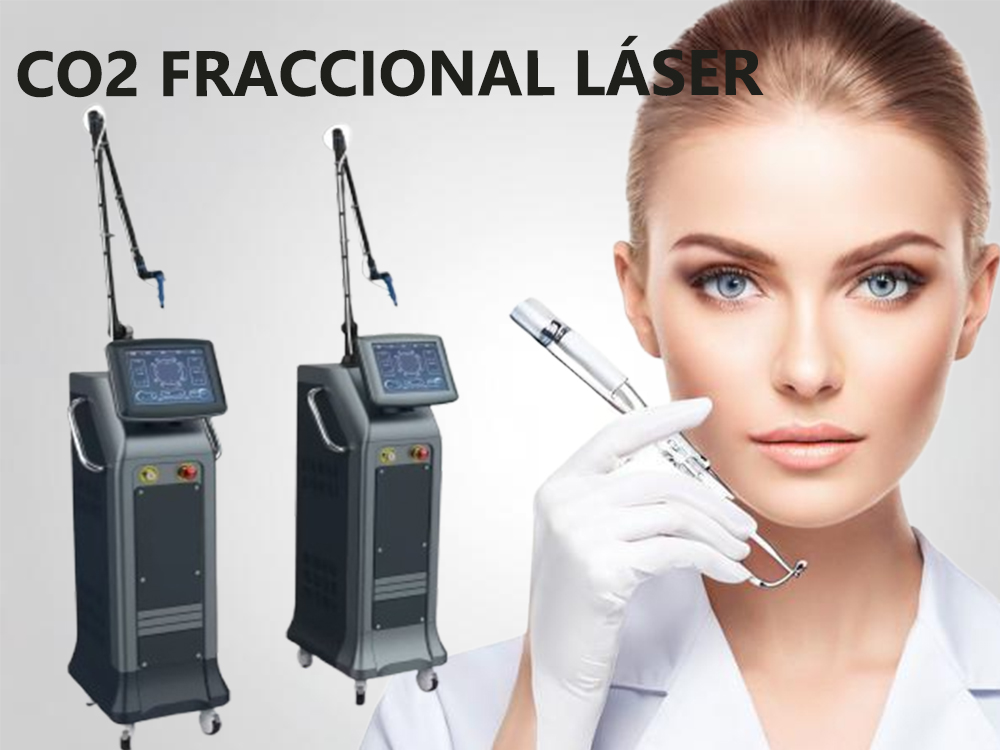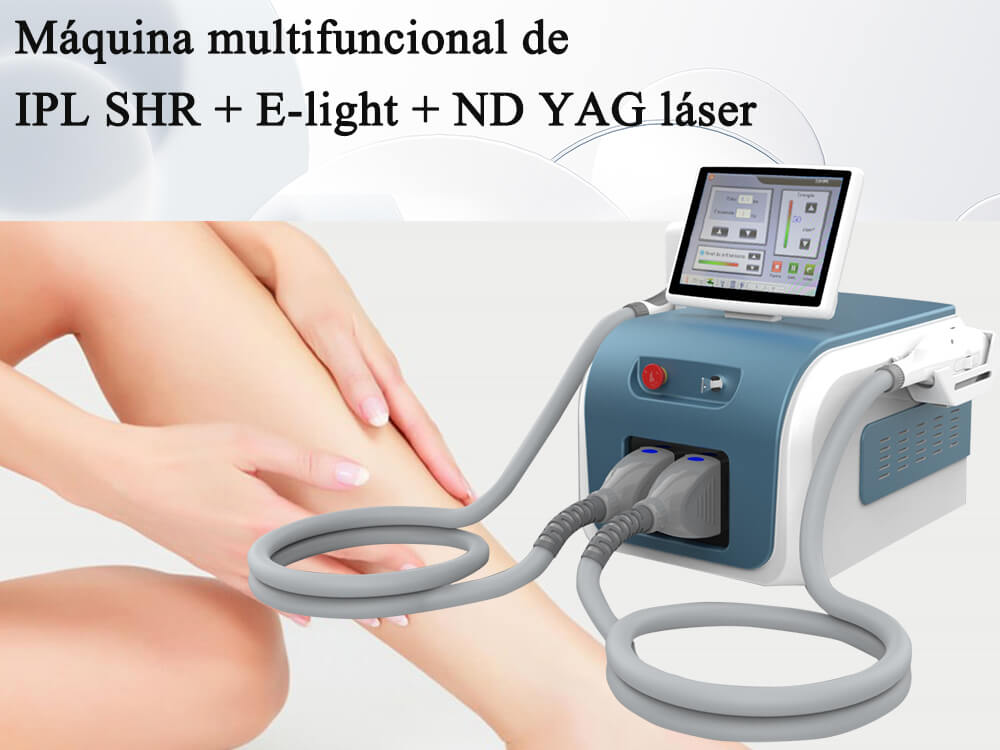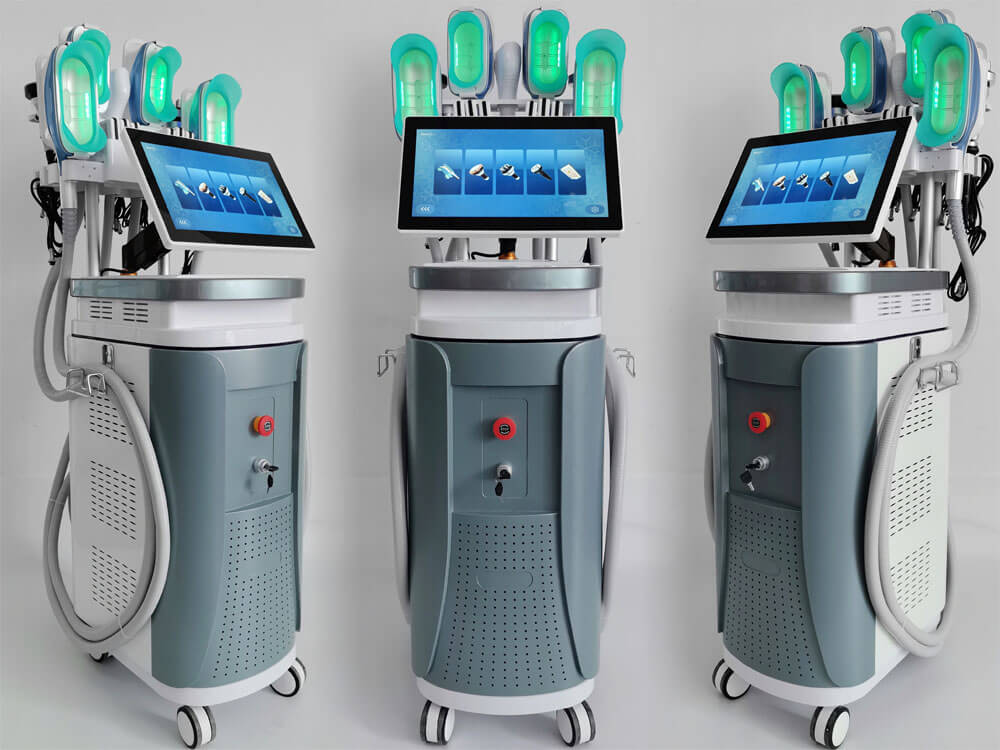Magic Pico-second Laser
In 2012, picosecond laser technology with a pulse width of picosecond (1/1000ns) was certified by the US Food and Drug Administration and approved for the treatment of skin diseases such as tattoos and acne scars.
"Picosecond" picosecond is the same as "second" second, it belongs to the unit of time, but because it is much shorter than "second", before it is used in medical cosmetology, its speed can only be understood in the field of astronomy.
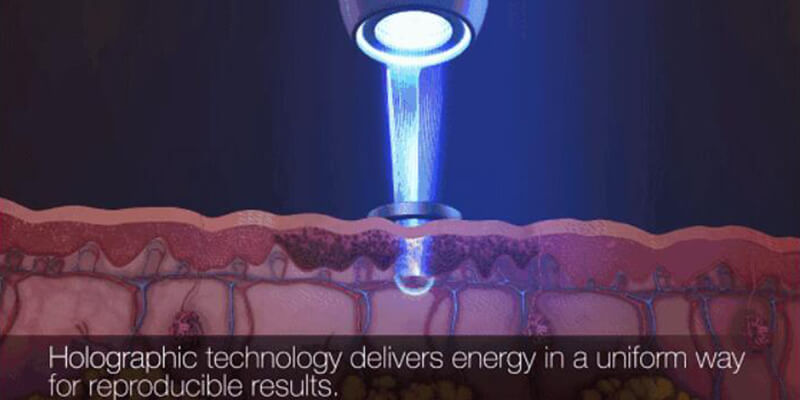
Due to the advantages of significant curative effect, less treatment times, less adverse reactions, and short downtime, picosecond laser has been used in the treatment of various skin diseases, including tattoos, pigmented skin diseases, photoaging, and acne scars.
Treatment of Pico-second Laser
1. Tattoo
Ordinary picosecond lasers can only be absorbed when the color is darker and heavier; at present, Q-switched laser is the most important method to remove tattoos. The principle is to form fine particles or fragments through the selective photothermal action of pigment particles on specific wavelength lasers phagocytized by macrophages in the body.
However, there are still some limitations. For example, when removing tattoos, different wavelengths need to be selected according to their colors. Q-switched lasers have a good effect on removing black and dark blue tattoos, but the effect on tattoos with rich colors and complex pigment components is poor, and some colors There is no specific wavelength.
The emergence of picosecond laser provides a safer and more effective new option for refractory tattoos. After irradiation, it produces finer particles through photomechanical action, which are easily phagocytized and cleared by macrophages, so the pigment removal rate is higher.
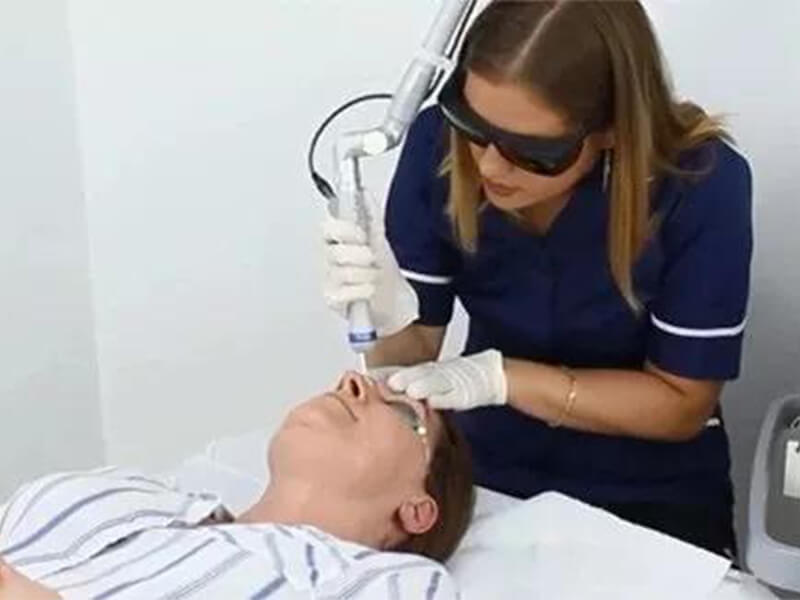
2. Pigmentation
Pigmented diseases are a kind of clinical common skin diseases, including: pigmented nevus, nevus of Ota, freckles, chloasma, cafe-au-lait spots, post-inflammatory hyperpigmentation, etc., because it affects the appearance of patients and often causes serious problems in patients' life, social life and work. Trouble, and even induce negative emotions, leading to a serious decline in the quality of life of patients.
At present, Q-switched laser is the main method for treating pigmentary diseases, but it has the risk of pigmentation and scar formation after treatment. Picosecond laser is gradually being used in the treatment of pigmented diseases because of its good effect on tattoo removal.
Picosecond laser can not only improve the treatment effect of pigmented diseases, especially for patients who are ineffective for nanosecond laser treatment, but also has the advantages of short treatment cycle and mild adverse reactions.
3. Photoaging
The histopathological hallmark of skin photoaging is the degeneration and accumulation of elastic fibers in the dermal papilla and mid-dermis, accompanied by decreased collagen synthesis and structural changes in the collagen fibrous network, resulting in clinical manifestations including the appearance of fine lines and wrinkles, skin Relaxation, dark yellow complexion, dilated blood vessels and decreased skin quality, etc.
The unique honeycomb pattern of the picosecond laser is arranged through the diffraction lens, redistributes and concentrates the energy in the center of the lens, forms a high-energy area surrounded by low-energy areas, and stimulates the regeneration of dermal collagen fibers.
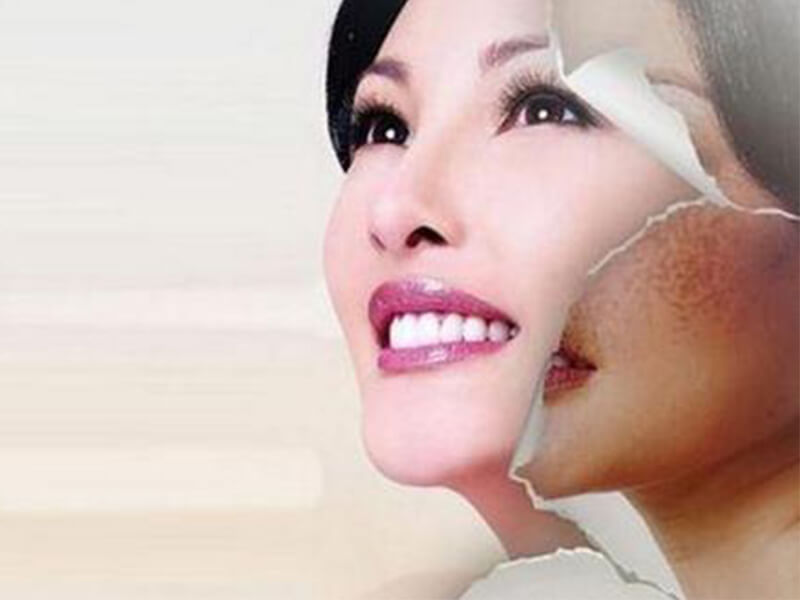
4. Acne scars
Acne is a chronic inflammatory skin disease of the pilosebaceous unit. It mostly occurs in adolescents. About 95% of acne patients will have different degrees of acne scars. It not only affects the appearance of patients, but in severe cases may lead to different degrees of psychological problems in patients , seriously affecting the quality of life of patients.
